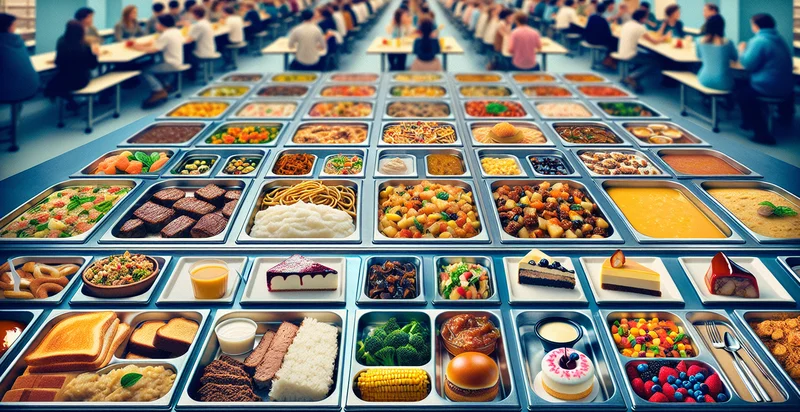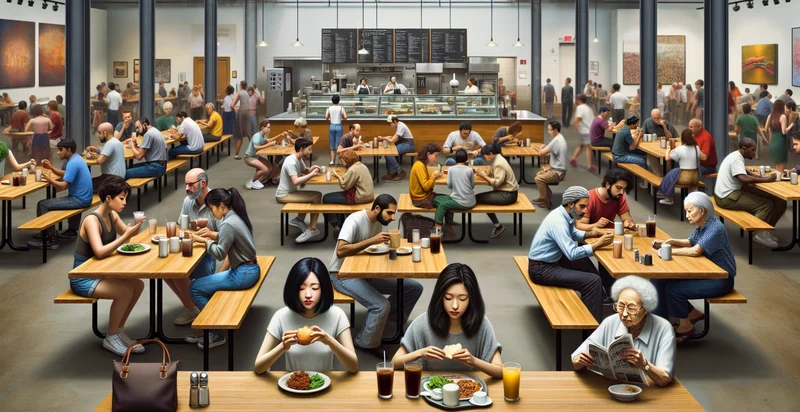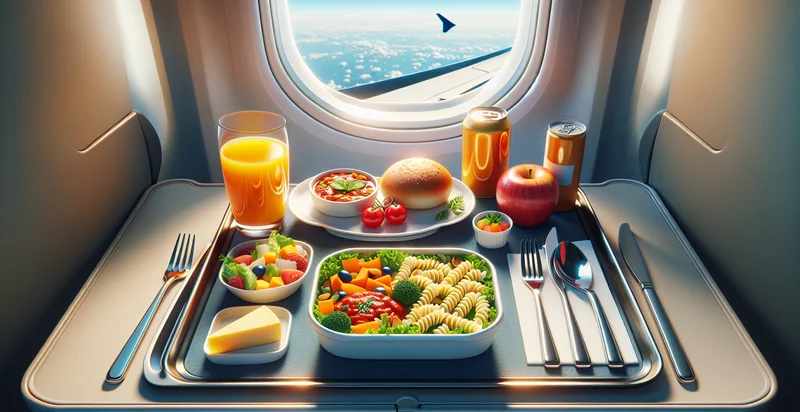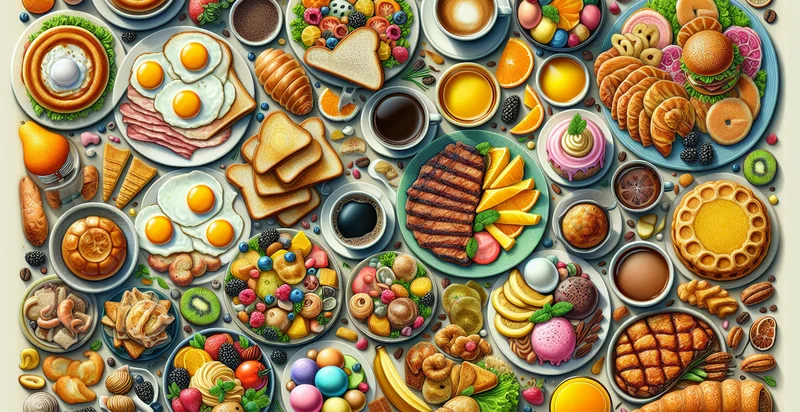Identify cafeteria meal types
using AI
Below is a free classifier to identify cafeteria meal types. Just upload your image, and our AI will predict what type of cafeteria meal it is - in just seconds.

Contact us for API access
Or, use Nyckel to build highly-accurate custom classifiers in just minutes. No PhD required.
Get started
import nyckel
credentials = nyckel.Credentials("YOUR_CLIENT_ID", "YOUR_CLIENT_SECRET")
nyckel.invoke("cafeteria-meal-types-identifier", "your_image_url", credentials)
fetch('https://www.nyckel.com/v1/functions/cafeteria-meal-types-identifier/invoke', {
method: 'POST',
headers: {
'Authorization': 'Bearer ' + 'YOUR_BEARER_TOKEN',
'Content-Type': 'application/json',
},
body: JSON.stringify(
{"data": "your_image_url"}
)
})
.then(response => response.json())
.then(data => console.log(data));
curl -X POST \
-H "Content-Type: application/json" \
-H "Authorization: Bearer YOUR_BEARER_TOKEN" \
-d '{"data": "your_image_url"}' \
https://www.nyckel.com/v1/functions/cafeteria-meal-types-identifier/invoke
How this classifier works
To start, upload your image. Our AI tool will then predict what type of cafeteria meal it is.
This pretrained image model uses a Nyckel-created dataset and has 66 labels, including Breakfast and Lunch.
We'll also show a confidence score (the higher the number, the more confident the AI model is around what type of cafeteria meal it is).
Whether you're just curious or building cafeteria meal types detection into your application, we hope our classifier proves helpful.
Related Classifiers
Need to identify cafeteria meal types at scale?
Get API or Zapier access to this classifier for free. It's perfect for:
- Menu Personalization: The cafeteria meal types identifier can be used to analyze food preferences across different demographic groups by identifying the types of meals served. This data allows cafeterias to tailor their menus to better match the tastes and dietary needs of customers, increasing customer satisfaction and meal sales.
- Nutritional Analysis: By classifying different meal types, the system can assist in evaluating the nutritional content of the meals served in cafeterias. This could help nutritionists and food service providers make informed decisions about meal planning and ensure compliance with health guidelines.
- Waste Reduction: The meal types identification can be utilized to understand trends in food consumption and waste. By identifying which meals are frequently left uneaten, cafeterias can adjust their offerings to minimize waste and improve inventory management.
- Health Compliance Monitoring: Cafeterias can use the identifier to ensure they are serving a balanced variety of meal types, as required by health regulations or dietary requirements. This tool can help track compliance over time, ensuring that meal offerings are varied and nutritious.
- Customer Engagement: The meals classification can power customizable apps or kiosks that enhance customer interaction by recommending meals based on identified meal types. Such engagement can lead to increased customer retention and a pleasing dining experience.
- Trend Analysis and Reporting: Cafeterias can utilize the classifier to analyze meal type trends over time, helping to inform future meal planning and marketing strategies. This analytics-driven approach can lead to improved meal offerings and a better understanding of customer behavior.
- Allergy Management: The identifier can assist in quickly identifying meal types that contain allergens or specific dietary components, contributing to safer dining experiences. This allows cafeteria staff to provide accurate information to customers with dietary restrictions, enhancing safety and customer satisfaction.


